
What Are the Long-Term Cost Considerations Associated with Plastic Air Diffuser?
- By:hqt
- 2024-04-15
- 29
Plastic air diffusers are integral components of heating, ventilation, and air conditioning (HVAC) systems, responsible for distributing conditioned air throughout indoor spaces. These devices, often overlooked but crucial for comfort and air quality, operate by redirecting airflow in various directions, ensuring an even distribution of temperature and ventilation. Understanding their function, history, and advantages sheds light on their significance in modern building environments.
Introduction to Plastic Air Diffuser
1.1 What are Plastic Air Diffusers?
Plastic air diffusers, manufactured by companies like E-ZONG, are fixtures installed in HVAC systems to regulate airflow. Typically composed of lightweight plastic materials, they feature multiple openings or louvers that facilitate the dispersal of conditioned air. Their primary function is to evenly distribute airflow across a space, ensuring uniform temperature and ventilation.
1.2 Functionality of Plastic Air Diffusers
When conditioned air flows through ductwork in HVAC systems, it enters indoor spaces at high velocity. Plastic air diffusers then regulate this airflow, redirecting it in specific directions to achieve optimal air distribution. This process helps prevent stagnant air, minimizes hot and cold spots, and maintains consistent indoor comfort levels.
1.3 A Brief History of Plastic Air Diffusers
The evolution of plastic air diffusers parallels advancements in HVAC technology and materials engineering. While metal diffusers were predominant in the past, the development of durable and cost-effective plastics led to the widespread adoption of plastic diffusers. Over time, manufacturers like E-ZONG have refined their designs to optimize performance and efficiency.
1.4 Importance of Air Diffusion in HVAC Systems
Effective air diffusion is essential for maintaining indoor air quality and comfort. Properly distributed airflow ensures that occupants receive adequate ventilation and consistent temperatures throughout the space. This not only enhances comfort but also contributes to energy efficiency by optimizing HVAC system performance.
Advantages of Plastic Air Diffusers
Plastic air diffusers offer several advantages over alternative materials commonly used in HVAC systems:
2.1 Cost-effectiveness Compared to Other Materials
Plastic air diffusers are more affordable than their metal counterparts, making them a cost-effective choice for both residential and commercial applications. This affordability allows for wider adoption in construction projects without sacrificing performance or durability.
2.2 Lightweight and Easy to Install
The lightweight nature of plastic air diffusers simplifies installation and handling, reducing labor costs and installation time. This characteristic also makes them ideal for retrofitting existing HVAC systems or incorporating them into new construction projects.
2.3 Durability and Resistance to Corrosion
Plastic air diffusers are resistant to corrosion, rust, and degradation caused by moisture or environmental factors. This durability ensures long-term performance and reliability, even in harsh operating conditions.
Types of Plastic Air Diffusers
Plastic air diffusers come in various types, each designed to suit specific applications and installation requirements:
3.1 Ceiling Diffusers
a. Fixed Pattern Diffusers: Direct airflow in a specific direction.
b. Adjustable Pattern Diffusers: Allow for customization of airflow direction.
c. Perforated Panel Diffusers: Disperse airflow evenly across a large area.
3.2 Floor Diffusers
a. Linear Slot Diffusers: Ideal for underfloor air distribution systems.
b. Swirl Diffusers: Create a swirling airflow pattern for improved mixing.
c. Displacement Diffusers: Disperse air at a low velocity near the floor, reducing drafts.
3.3 Wall-Mounted Diffusers
a. Jet Diffusers: Project airflow over long distances.
b. Eye Ball Diffusers: Provide adjustable airflow direction.
c. Plaque Diffusers: Combine functionality with aesthetic appeal.
3.4 Unique Features and Applications of Each Type
Each type of plastic air diffuser offers unique features and benefits tailored to specific HVAC system designs and building layouts. For example, ceiling diffusers are commonly used in commercial spaces for overhead airflow distribution, while floor diffusers are preferred for underfloor systems to maximize space utilization.
Design and Aesthetics of Plastic Air Diffusers
Plastic air diffusers are not just functional components of HVAC systems; they also contribute significantly to the aesthetics of interior spaces. With a wide array of design options available, they offer versatility in complementing various architectural styles and enhancing the overall look and feel of a room.
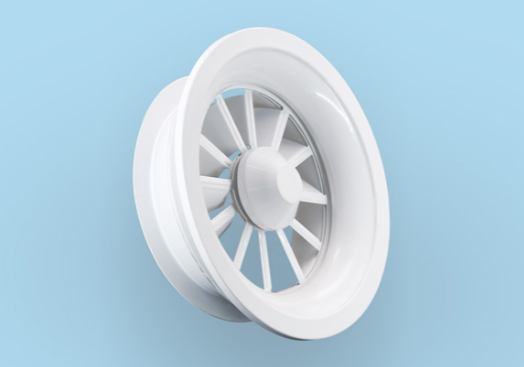
4.1 Exploring Design Options
Manufacturers like E-ZONG provide an extensive range of design options for plastic air diffusers, catering to diverse preferences and requirements. These options include different shapes, sizes, colors, patterns, and finishes, allowing for customization to suit specific design themes and aesthetics.
4.2 Enhancing Interior Aesthetics
Plastic air diffusers play a crucial role in enhancing the visual appeal of interior spaces. Their sleek and modern designs seamlessly integrate into architectural elements, creating a cohesive and harmonious environment. By blending into the surroundings, plastic diffusers contribute to a polished and refined look, elevating the overall ambiance of residential, commercial, and institutional settings.
4.3 Customization for Different Architectural Styles
One of the key advantages of plastic air diffusers is their ability to be customized to complement various architectural styles. Whether it's a contemporary, industrial, or traditional design, diffusers can be tailored to blend seamlessly with the overall aesthetic of a space. Customization options such as color matching, texture selection, and grille design allow for precise integration into different interior design schemes.
4.4 Installation and Maintenance
Proper installation and maintenance are essential for ensuring the optimal performance and longevity of plastic air diffusers. Here's a step-by-step guide for installation and essential tips for maintenance to preserve their aesthetic appeal and functionality:
Step-by-Step Installation Guide
1. Measure and mark the desired location for the diffuser on the ceiling, floor, or wall.
2. Use appropriate tools to cut a hole of the correct size according to the diffuser's specifications.
3. Secure the diffuser in place using screws or mounting brackets, ensuring a snug fit.
4. Connect the diffuser to the ductwork using compatible fittings and seals.
5. Test the diffuser to ensure proper airflow and adjust as necessary.
Maintenance Tips for Optimal Performance
1. Regularly clean the diffuser's louvers or grilles to remove dust, dirt, and debris that may accumulate over time.
2. Inspect the diffuser for any signs of damage, such as cracks or warping, and repair or replace as needed.
3. Check the seals and connections around the diffuser to prevent air leaks and ensure efficient operation.
4. Schedule routine inspections and servicing by HVAC professionals to address any potential issues and maintain optimal performance.
Common Issues and Troubleshooting Techniques
Despite their durability, plastic air diffusers may encounter occasional issues that require troubleshooting. Here are some common problems and their solutions:
1. Uneven airflow distribution: Adjust the diffuser's louvers or dampers to redirect airflow as needed.
2. Noisy operation: Clean or replace the diffuser's components to eliminate any obstructions or defects causing noise.
3. Air leaks: Seal any gaps or cracks around the diffuser with appropriate sealants or gaskets to prevent air leakage.
4. Reduced airflow: Check for blockages in the ductwork or replace clogged filters to restore airflow to optimal levels.
Environmental Considerations and Sustainability
While plastic air diffusers offer numerous benefits in terms of design and functionality, it's essential to consider their environmental impact and explore sustainable practices:
8.1 Environmental Impact
Plastic air diffusers, like other plastic products, can contribute to environmental pollution and resource depletion during manufacturing, use, and disposal. However, advancements in materials science and recycling technologies are helping to mitigate these impacts.
8.2 Sustainable Alternatives
Manufacturers like E-ZONG are increasingly incorporating recycled materials and eco-friendly production processes into their diffuser manufacturing. Additionally, alternative materials such as bio-based plastics offer more sustainable options for air distribution systems.
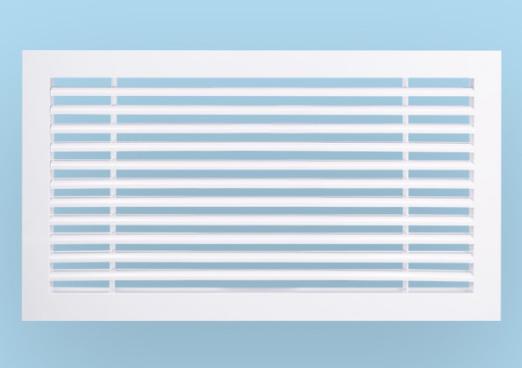
8.3 Recycling Options
At the end of their lifecycle, plastic air diffusers can be recycled to recover valuable materials and reduce waste. Many municipalities offer recycling programs for plastics, including diffusers, as part of their waste management initiatives. By participating in these programs, users can contribute to the circular economy and minimize the environmental footprint of their HVAC systems.
Conclusion
In conclusion, plastic air diffusers manufactured by companies like E-ZONG play a crucial role in HVAC systems, ensuring optimal air distribution and indoor comfort. Their cost-effectiveness, lightweight design, durability, and versatility make them indispensable components of modern building environments. Understanding their function, history, and advantages underscores their significance in achieving efficient and sustainable indoor air quality.
-
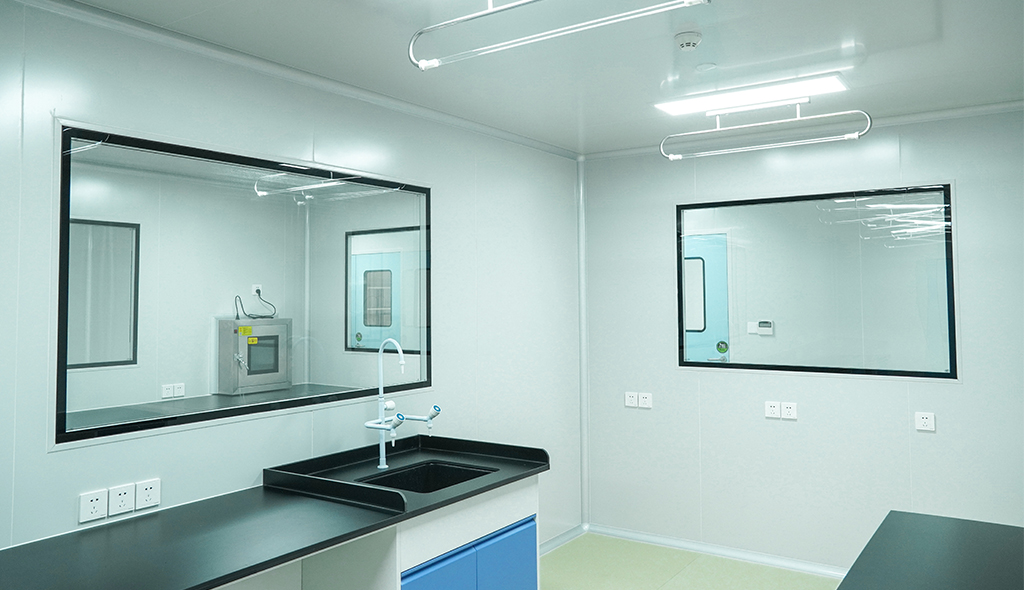 Cleanroom Glass Windows Are The Key to Maintaining a Clean Environment
Cleanroom Glass Windows Are The Key to Maintaining a Clean Environment -
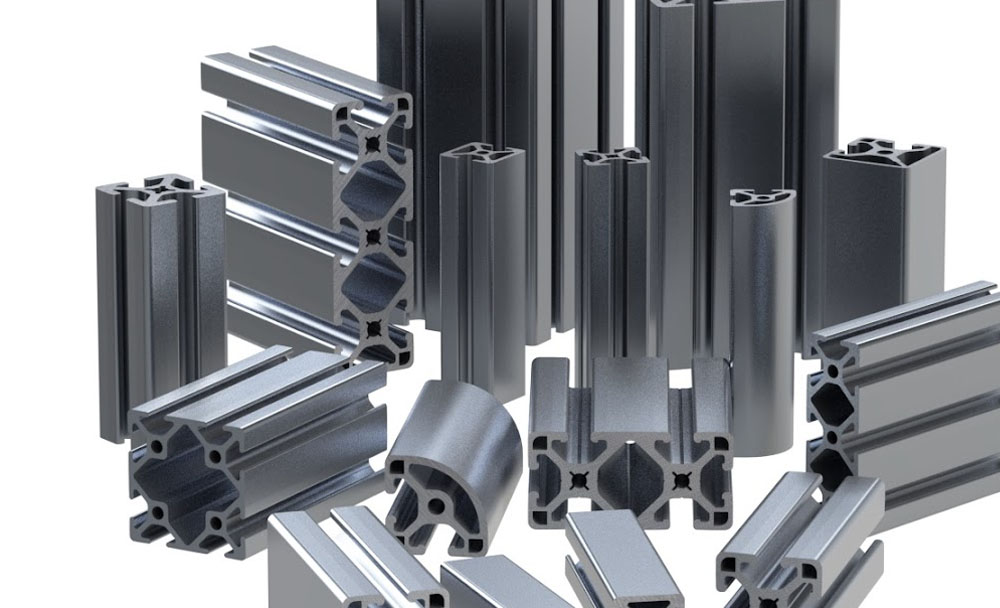 Top Aluminium Profile Manufacturers in China: Leading the Global Market
Top Aluminium Profile Manufacturers in China: Leading the Global Market -
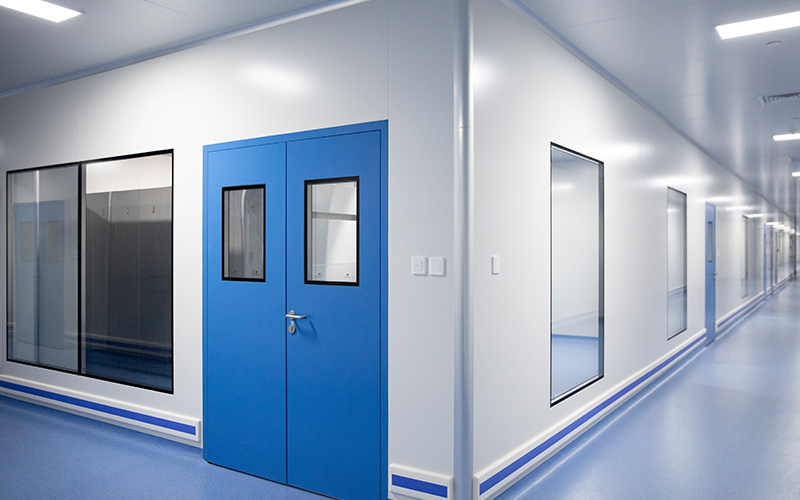 The Evolution of Air Tight Sliding Doors
The Evolution of Air Tight Sliding Doors -
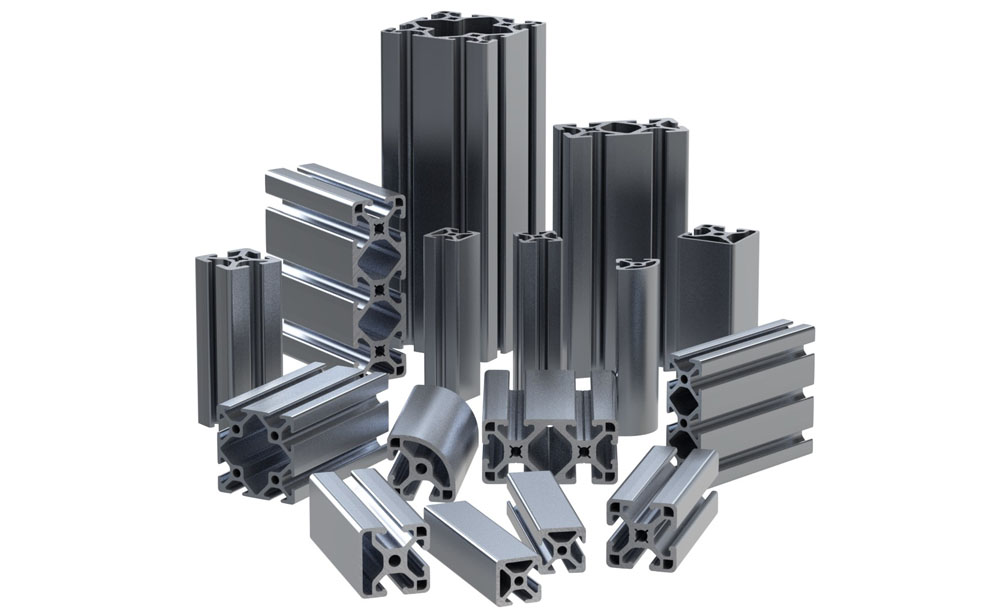 AHU Aluminium Profile: A Comprehensive Guide
AHU Aluminium Profile: A Comprehensive Guide -
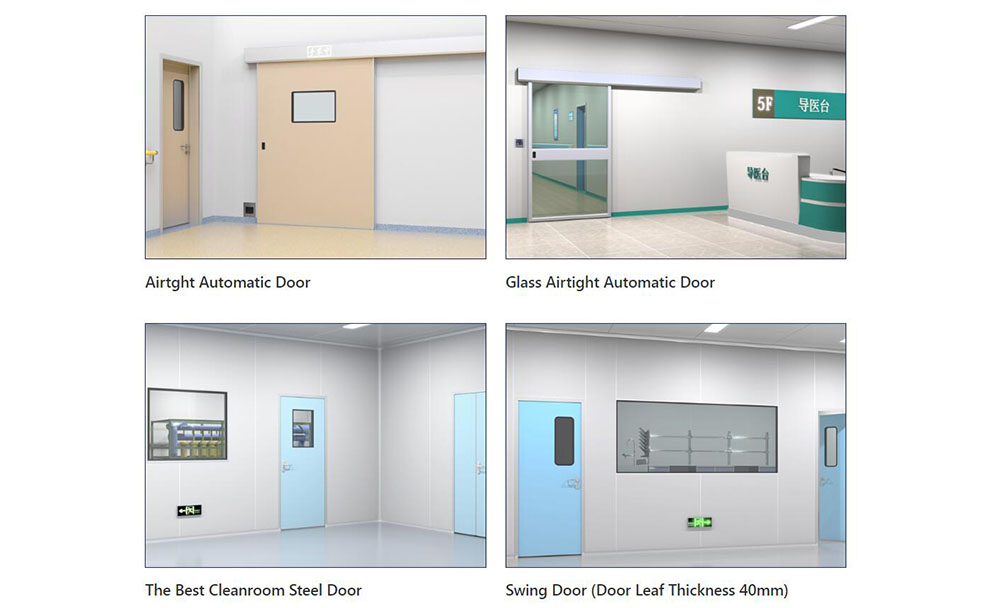 The Importance of Choosing the Right Cleanroom Door in Vietnam
The Importance of Choosing the Right Cleanroom Door in Vietnam -
 The Benefits of Hospital Automatic Doors: Enhancing Efficiency and Safety
The Benefits of Hospital Automatic Doors: Enhancing Efficiency and Safety -
.jpg) The Best Bathroom Door Manufacturers - Unlocking Endless Possibilities!
The Best Bathroom Door Manufacturers - Unlocking Endless Possibilities! -
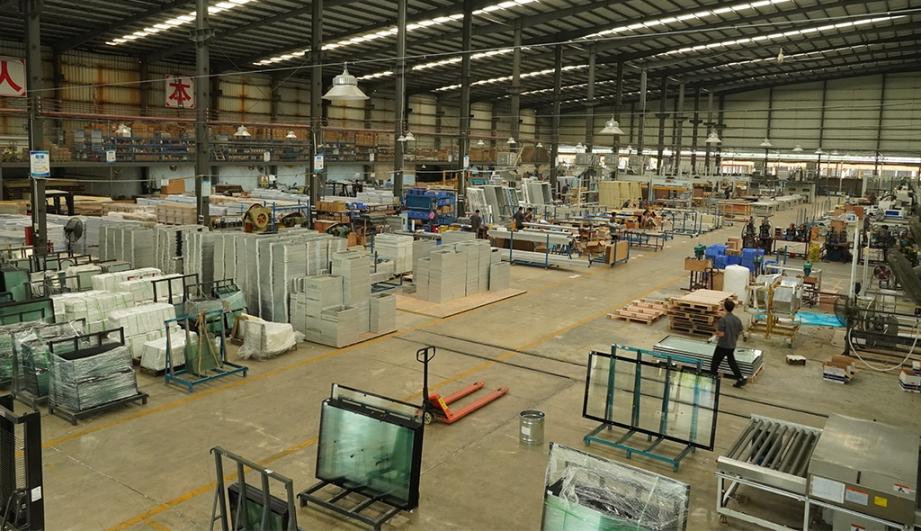 Unlock the Possibilities with AJ Manufacturing Doors
Unlock the Possibilities with AJ Manufacturing Doors -
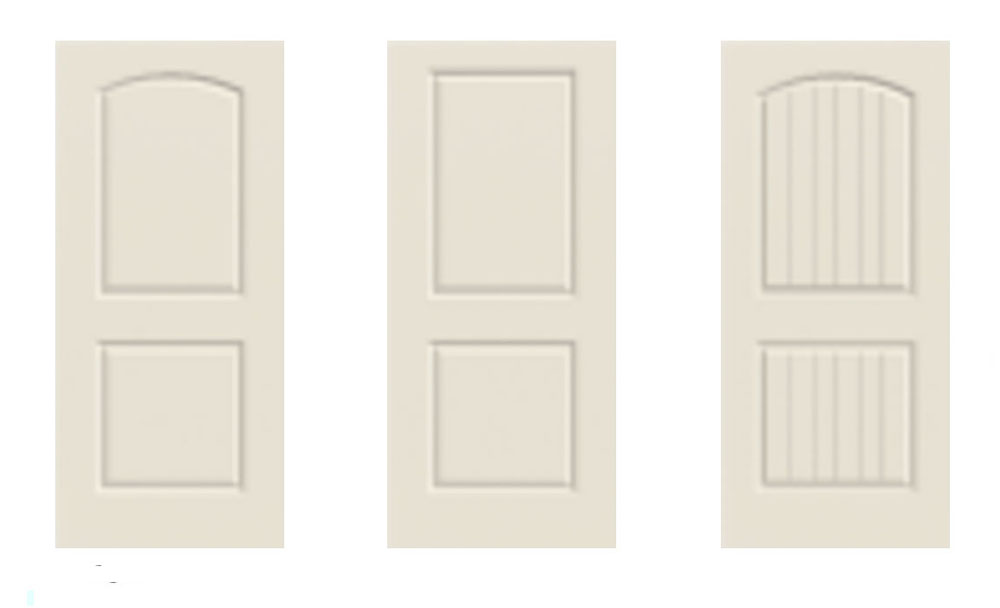 Make a Statement with Manufactured Home Interior Doors!
Make a Statement with Manufactured Home Interior Doors! -
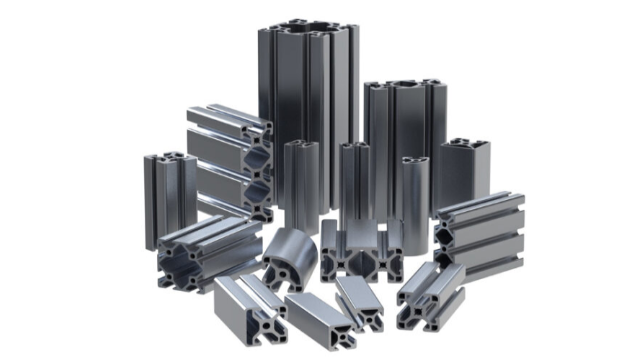 what is aluminum profile? Aluminum Profiles for Your Home is the best option
what is aluminum profile? Aluminum Profiles for Your Home is the best option
-
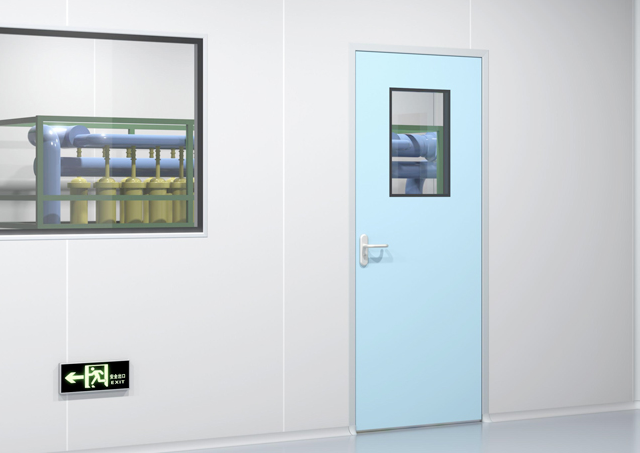 Next-Gen Medical Cleanroom Access: Introducing the Cleanroom Steel Door Solution
Next-Gen Medical Cleanroom Access: Introducing the Cleanroom Steel Door Solution -
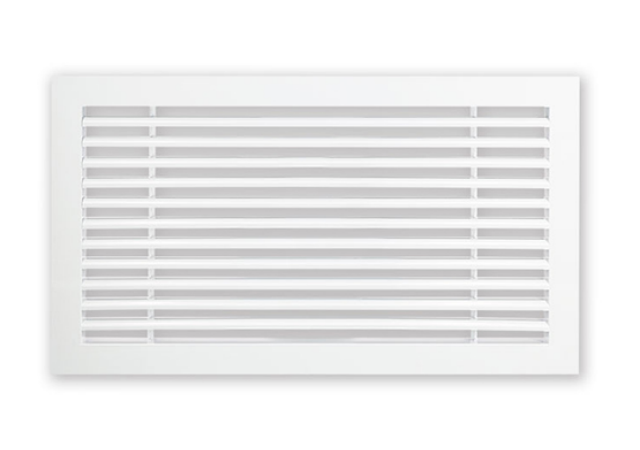 Linear Bar Grille Air Conditioning Diffuser with 0° Angle Blades for Perfect Airflow
Linear Bar Grille Air Conditioning Diffuser with 0° Angle Blades for Perfect Airflow -
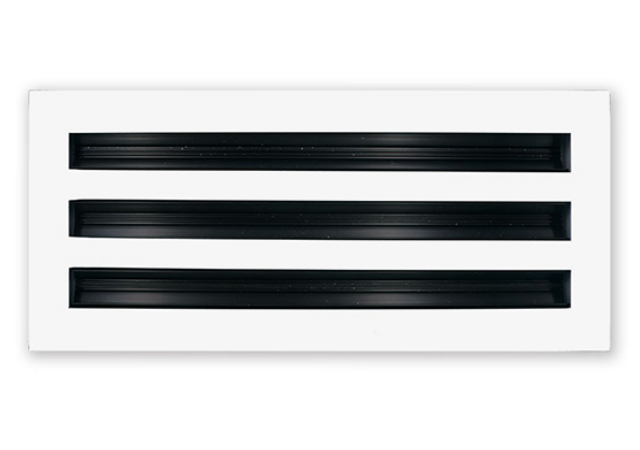 The Sleek and Efficient Linear Slot Diffuser for Air Vent
The Sleek and Efficient Linear Slot Diffuser for Air Vent -
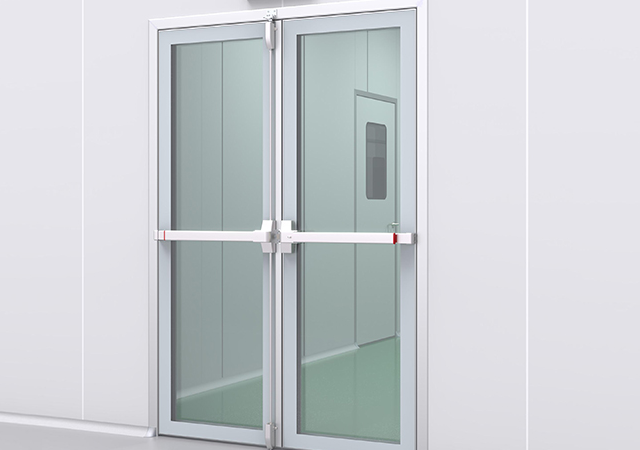 Double-Swing Glass Doors - Modern Laboratory Cleanroom Doors
Double-Swing Glass Doors - Modern Laboratory Cleanroom Doors -
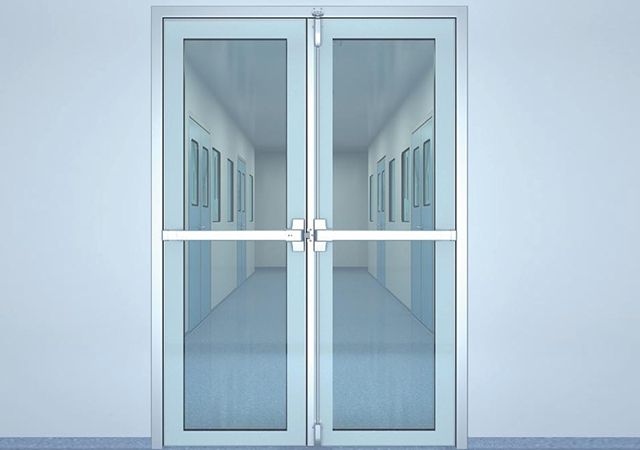 Superior Aluminium Glass Swing Door - Pharmaceutical Cleanroom Door
Superior Aluminium Glass Swing Door - Pharmaceutical Cleanroom Door -
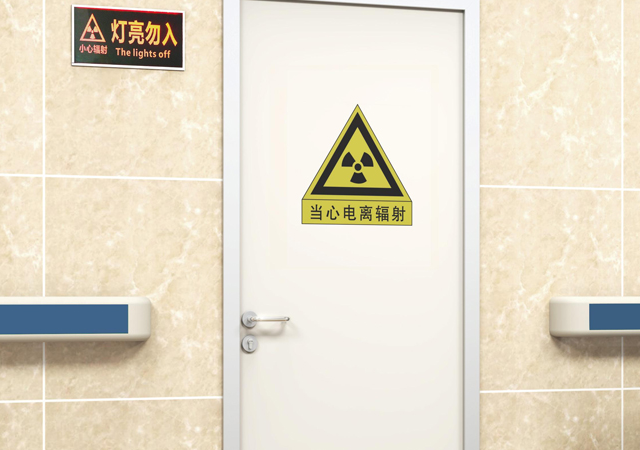 E-ZONG Leads the Way in China's Medical Lead Protection Doors: Innovation for Safety and Efficiency
E-ZONG Leads the Way in China's Medical Lead Protection Doors: Innovation for Safety and Efficiency -
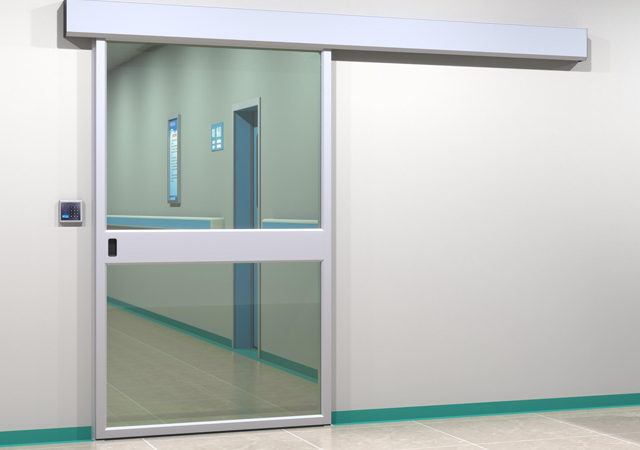 E-ZONG: Leading the Suppliers of Glass Airtight Automatic Doors for Safer, Cleaner Spaces
E-ZONG: Leading the Suppliers of Glass Airtight Automatic Doors for Safer, Cleaner Spaces -
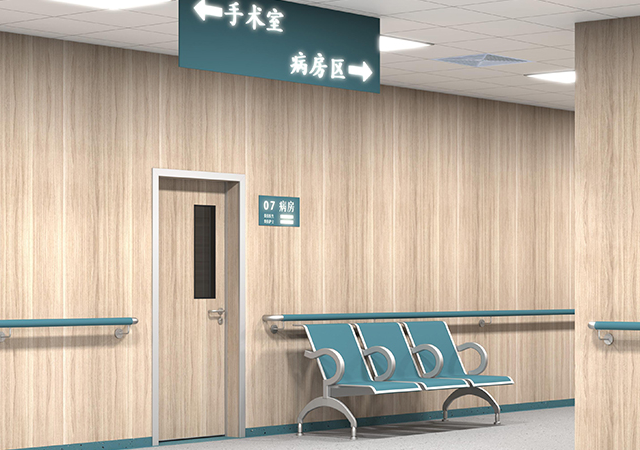 How Wall Air-Tight Swing Doors Ensure Clean Environments With Secure & Silent
How Wall Air-Tight Swing Doors Ensure Clean Environments With Secure & Silent -
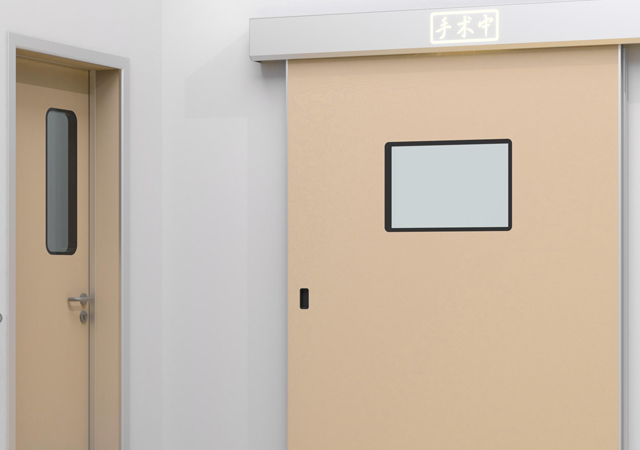 Seamless Automatic Cleanroom Sliding Doors: Smooth, Safe, and Hygienic Solutions
Seamless Automatic Cleanroom Sliding Doors: Smooth, Safe, and Hygienic Solutions -
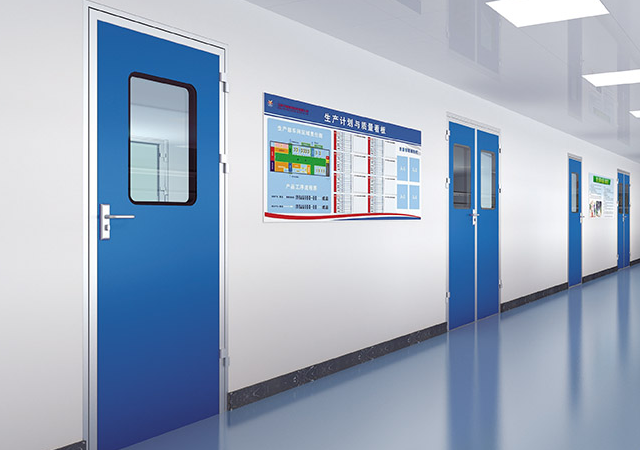 Elegant & Durable: Premium Swing Door Protection for Hospitals
Elegant & Durable: Premium Swing Door Protection for Hospitals

Guangzhou Yizhong Aluminum Industry Co., Ltd.
We are always providing our customers with reliable products and considerate services.
We are always providing our customers with reliable products and considerate services.
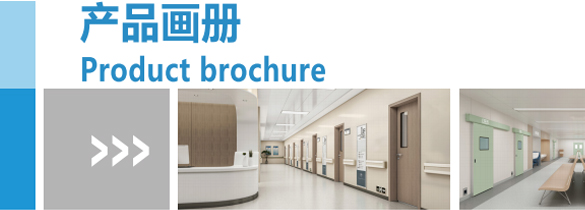
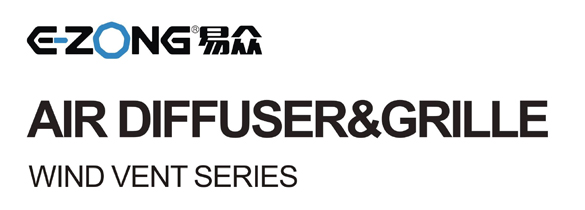








Speak Your Mind